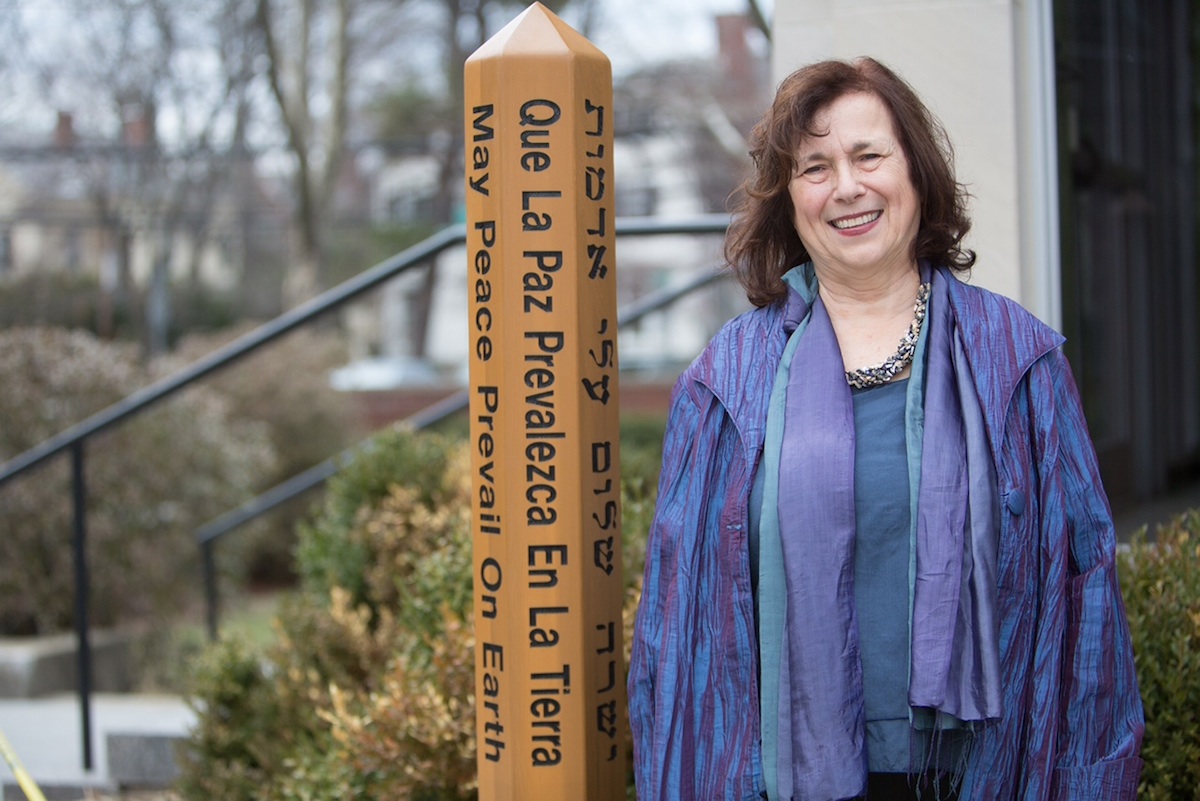Lesley University Professor Wins Global Alliance for Arts & Health Award
For Vivien Marcow Speiser, dance is more than a hobby; it’s her life’s work, her way of life, and the catalyst behind her winning the 2014 Distinguished Fellows Award from the Global Alliance for Arts & Health.
“I’m very, very proud of this award,” says Marcow Speiser, who teaches dance therapy at Lesley University in addition to conducting her own clinical work. “It means a great deal to me because it acknowledges the range and the depth of the work itself.”
And the depth of Marcow Speiser’s work is prolific. An industry veteran of nearly 40 years, Marcow Speiser turned her childhood study of dance in her native South Africa into a worldwide career. “I always had these two loves: psychology and dance,” she says. “In 1970, I immigrated from South Africa to live in Israel and was there for the Yom Kippur war. During that war, I volunteered my time in a rehab hospital, and I began to see the usefulness of dance and movement in dealing with rehab.”
That experience sparked Marcow Speiser’s interest in dance therapy, which the American Dance Therapy Association defines as “psychotherapeutic use of movement to further the emotional, cognitive, physical, and social integration of the individual.” Later, she joined Lesley’s first group of dance therapy students in 1975. Since then, she has made a name for herself in the creative arts therapy world, notably through her work with community health following tragedies such as September 11 and the Boston Marathon bombings. “When you have whole communities that are affected, whatever element of the population that you’re able to work with, you begin to release this collective trauma which will remain embedded in people’s individual and in their collective consciousness for many, many years to come,” she says.
Most recently, Marcow Speiser traveled to South Korea to work with those affected by the ferry sinking in April that claimed more than 300 lives, specifically working with caregivers in the community. “If you’re on an airplane and there’s some turbulence, the captain says, ‘If I drop down the oxygen masks, remember: First you put on your own mask before you can help anybody else,'” Marcow Speiser says. “I think that’s the situation that caregivers in situations of disaster find themselves: They have to first put on their own masks before they can help others. I think that where dance therapy can be most of use is both in working directly with trauma victims themselves, but also in working with caring for caregivers.”
Dance therapy works, she explains, by allowing the body to move and slowly release the trauma that it holds onto after tragedies or emotional experiences. “It’s not a cathartic process that happens immediately; it’s each time you release the pain a little bit, you allow the body to relax a little bit,” she says. “And then the next time that the pain is experienced, you lessen it again. It’s a process of letting go, and letting go, and letting go until the time comes that the story can be told without it becoming quite so painful.”
Aside from tragedy-stricken communities, Marcow Speiser has worked with groups ranging from elderly women with dementia to cancer patients in her time as a therapist, and says the technique can be applied to nearly anyone. “Anybody who exercises knows that when you exercise, you feel better,” she says.
Perhaps most importantly, Marcow Speiser explains that dance therapy’s true power is in its ability to engage people in their own healing process. “In the Jewish tradition there’s a phrase called ‘tikkun olam,’ and it’s about the process of repairing the world,” she says. “I think dance therapy and the creative arts therapy field allows people to participate in this process of repairing the world through the powers of creativity, connection, and compassion, all of these sorts of things.”



